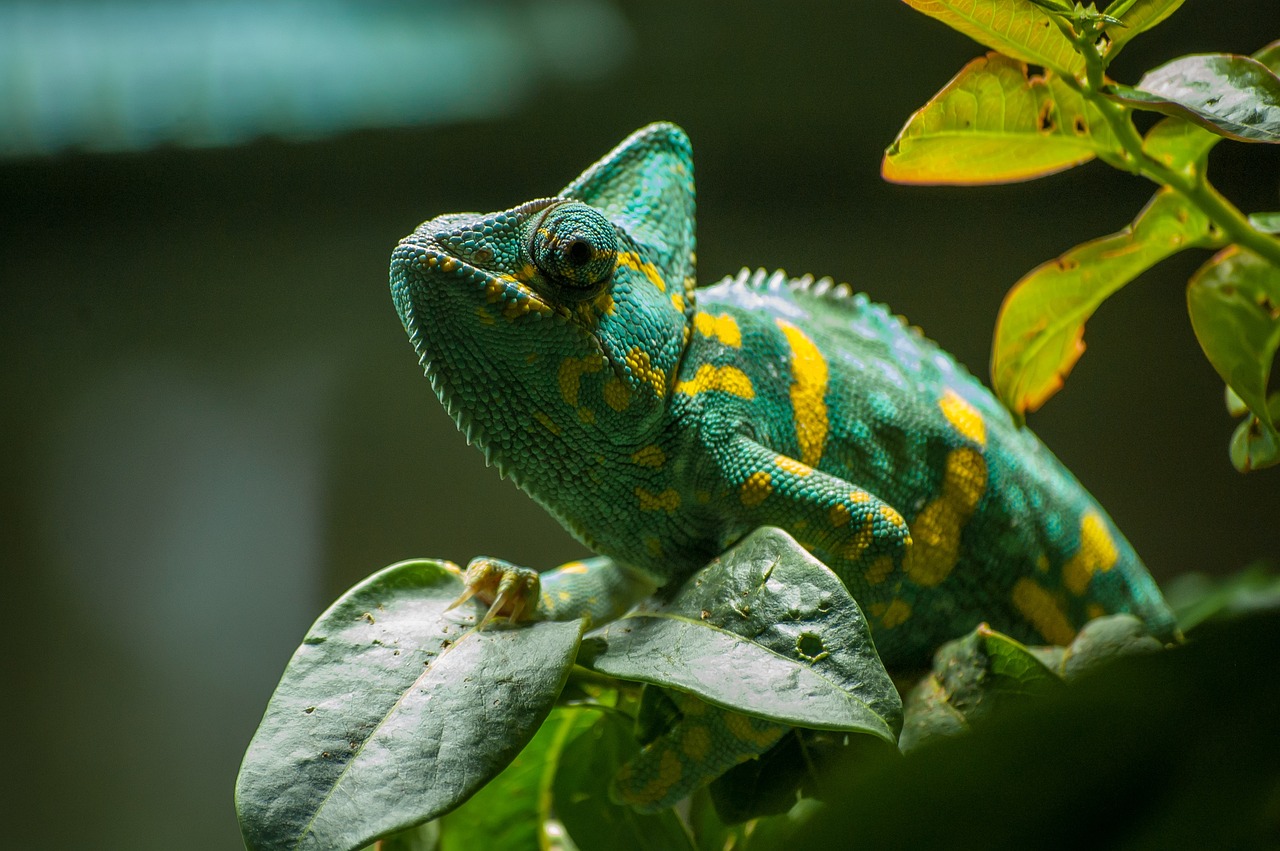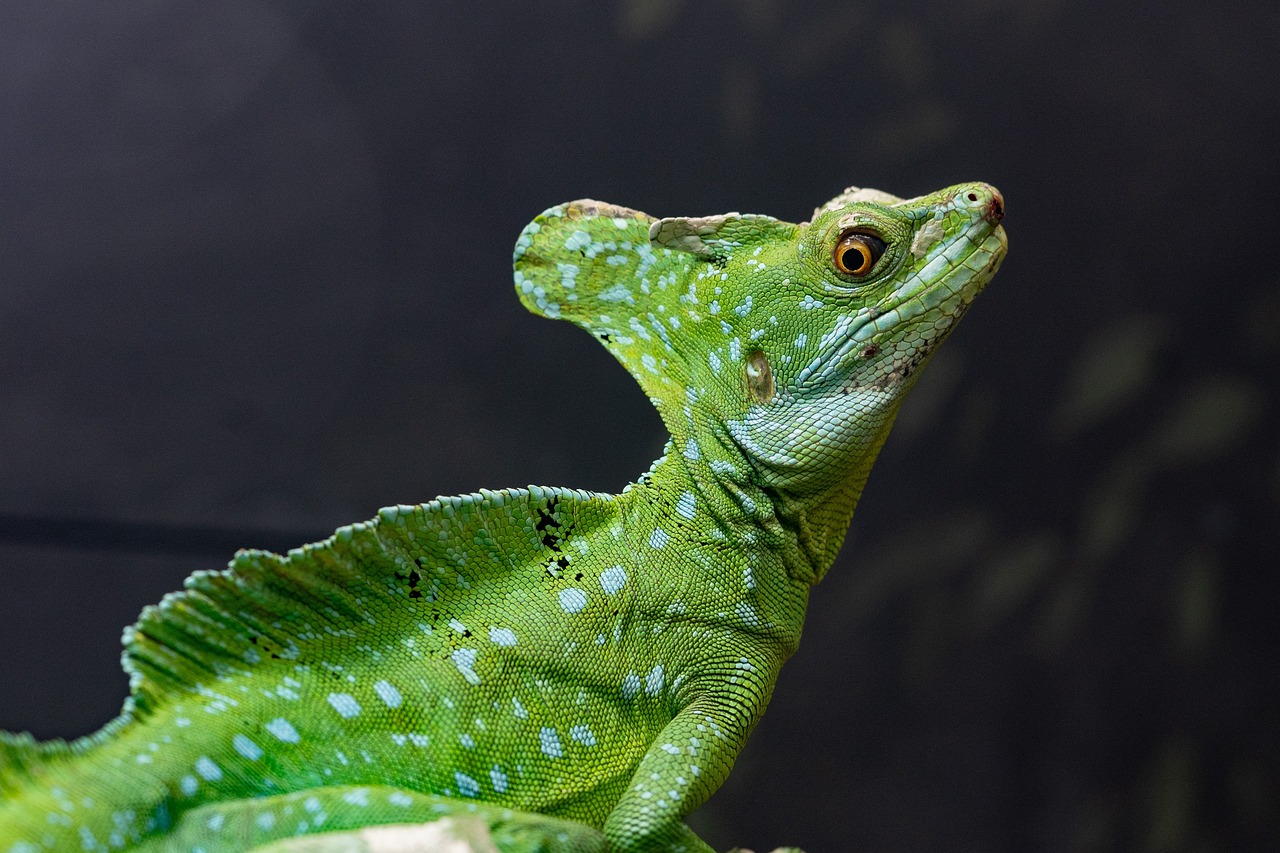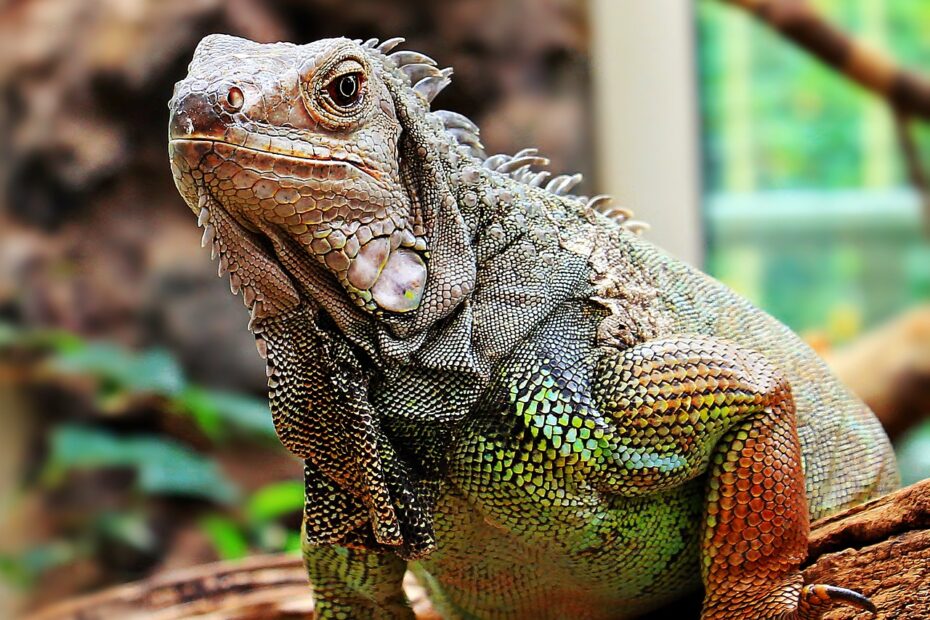Pet lizards have become increasingly popular among reptile enthusiasts and animal lovers. The allure of these scaly companions lies not only in their unique appearances but also in the joy of watching them grow and develop. Understanding how big pet lizards get is essential for responsible pet ownership and providing the best care possible.
You may also want to know what frog poop looks like.
Different Types of Pet Lizards
Lizards come in a vast array of species, each with its characteristics and growth patterns. From the small and delicate geckos to the majestic and formidable iguanas, there is a lizard for every type of lizard lover. Knowing the distinctions among lizard species can help potential owners make informed choices.

How Big Pet Lizards Get: Factors Affecting Lizard Growth
Several factors influence the growth of pet lizards, with genetics and the environment playing crucial roles. While some lizards are genetically predisposed to reach significant sizes, others may experience growth stunted by suboptimal living conditions.
Lizard Growth Stages
Like all living creatures, pet lizards go through various growth stages. These stages include hatchlings, juveniles, sub-adults, and finally, adults. Understanding these stages allows owners to adapt their care and provide the best conditions for healthy development.
Growth Rate of Pet Lizards
The growth rate of pet lizards varies greatly among species. Some lizards, like the bearded dragon, experience rapid growth during their early stages, while others, such as chameleons, may take longer to reach maturity. Various factors, including diet and habitat, can influence the speed of growth.
How Big Can Pet Lizards Get?
The maximum size of pet lizards depends on the species in question. Some lizards, like the green iguana, can grow up to six feet in length, while others, like the leopard gecko, remain relatively small throughout their lives. Understanding the potential size of a pet lizard is crucial when planning for its long-term care.

Enclosure Size and Habitat Requirements
Providing adequate space is essential for the well-being and growth of pet lizards. Lizards require appropriately sized enclosures to ensure they can move, explore, and bask comfortably. The enclosure should mimic their natural habitat and include proper heating, lighting, and substrates.
Feeding for Optimal Growth
A balanced and nutritious diet is crucial for the healthy growth of pet lizards. Young lizards have specific dietary needs to support their rapid growth and development. Providing a varied diet that includes gut-loaded insects, leafy greens, and calcium supplements is essential for their well-being.
Handling and Interacting with Growing Lizards
Socialization and handling are essential aspects of lizard ownership. Interacting with growing lizards helps them acclimate to human presence and can foster a trusting relationship between the lizard and its owner.
Common Health Issues Affecting Growth
Occasionally, pet lizards may encounter health issues that affect their growth. Proper husbandry, regular check-ups, and prompt veterinary care are essential to identify and address potential health concerns.
Monitoring Growth Progression
Tracking and documenting a pet lizard’s growth can help owners ensure they are thriving and identify any potential growth abnormalities. Regular measurements and visual observations can provide valuable insights into a lizard’s well-being.
Celebrating Lizard Growth Milestones
As pet lizards grow, owners often take pride in celebrating their growth milestones. Sharing these moments with fellow lizard owners can foster a sense of community and provide valuable support and advice.
Conclusion
Welcoming a pet lizard into one’s life is a journey filled with wonder and amazement. Understanding how big pet lizards can get and providing them with the right care and environment are essential responsibilities of every lizard owner. By nurturing their growth and ensuring their well-being, we can build strong bonds with these fascinating reptilian companions and create fulfilling and enriching experiences for both the lizards and ourselves.
